Conquer the 8 Apocalyptic Horsemen of Sales: Your Path to Revenue Growth
In over a decade of building successful sales systems, we’ve identified eight critical challenges that nearly every business faces. These obstacles, which we call the Apocalyptic Horsemen of Sales, can hinder your revenue growth if left unchecked. But fear not—by recognizing and addressing these issues, you can transform your sales process and drive substantial business growth.
Let’s dive into these eight sales challenges and explore actionable solutions to overcome them.
1. Lack of Qualified Leads: The Drought in Your Sales Pipeline
The Problem: Many businesses struggle to generate enough qualified leads. Without a steady stream of potential customers, your sales pipeline dries up, making it challenging to meet revenue targets.
A Real-World Example: Think of a lemonade stand. You can’t sell lemonade if no one walks by. Similarly, without leads, your sales team has no one to convert.
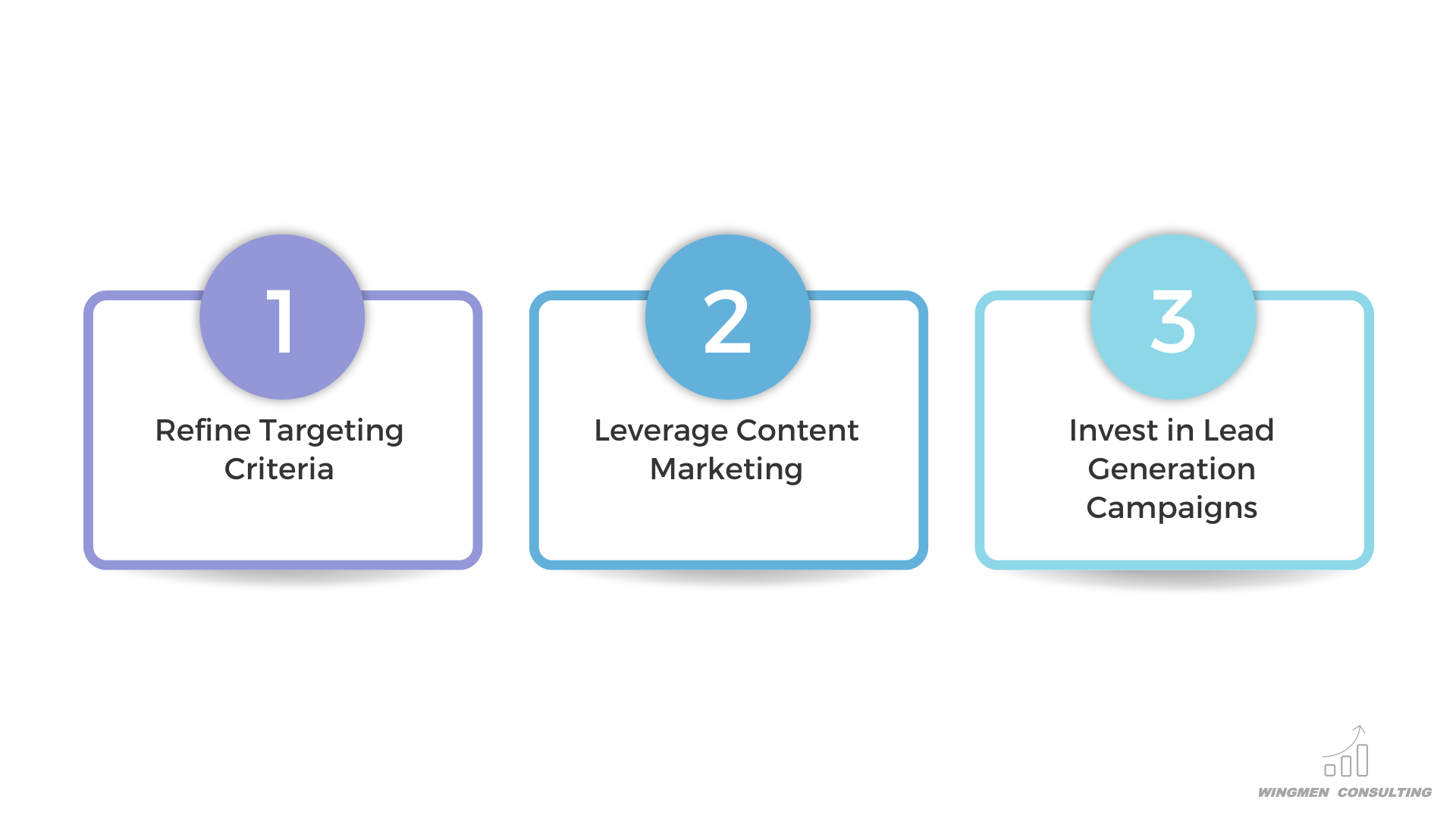
Possible solutions
-
- Refine Targeting Criteria: Define your ideal customer profile and focus your marketing efforts on attracting these specific prospects. Use a value proposition canvas and analyze competitors to understand how they generate leads.
- Leverage Content Marketing: Create valuable content—blogs, webinars, and case studies—to engage your target audience. Remember, content marketing is a long-term strategy that enhances other lead-generation efforts.
- Invest in Lead Generation Campaigns: Use Cold Outreach, Warm Outreach, social media ads, and email marketing to drive immediate traffic and short-term results
2. Difficulty Positioning Value: Standing Out in a Crowded Market
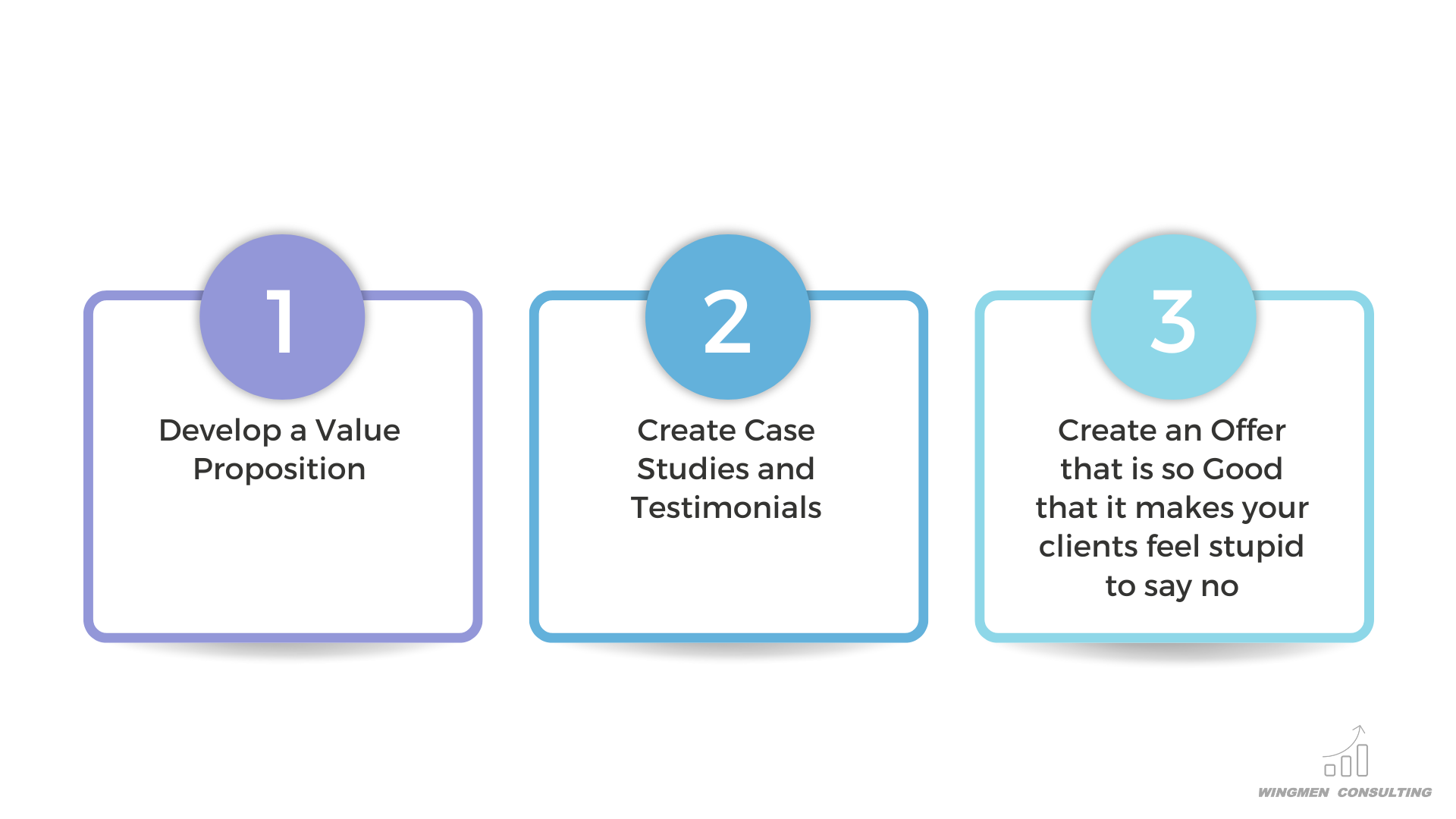
The Problem: Sales teams often struggle to articulate the unique value of their product, making it difficult to capture the attention of high-level decision-makers.
A Real-World Example: Imagine selling lemonade by simply saying, “It’s lemonade.” Instead, highlight that it’s made with fresh lemons and a secret family recipe.
Possible solutions
-
-
- Develop a Strong Value Proposition: Craft a clear and compelling value proposition that addresses the specific needs of your audience. Utilize the Storybrand Framework and Value Proposition Canvas to get started.
- Showcase Case Studies and Testimonials: Demonstrate the real benefits of your offering through success stories and customer testimonials, especially those that resonate with executive decision-makers.
- Create Irresistible Offers: Design offers so compelling that potential clients feel foolish turning them down. Check out our section on irresistible offers for inspiration.
-
3. Selling to Business Leaders: Breaking Through to Decision-Makers
The Problem: Selling to top-level executives can be intimidating. Many salespeople struggle to gain access and make a compelling pitch.
A Real-World Example: It’s like convincing the principal to buy your lemonade for the school cafeteria—you need to understand their priorities and show how your lemonade meets their needs.
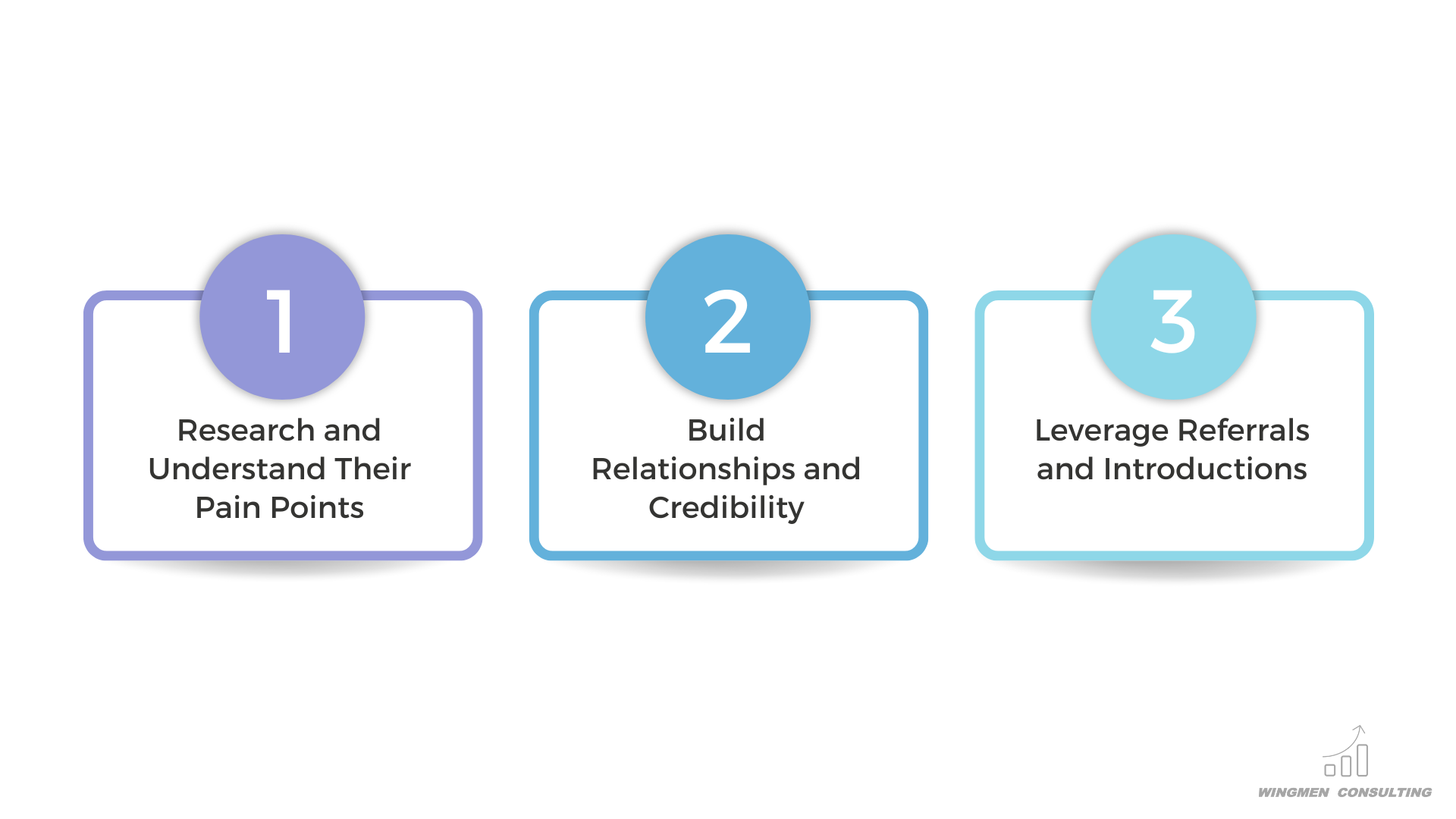
Possible solutions:
-
- Research and Understand Pain Points: Spend time researching the challenges and priorities of your target executives. Tailor your pitch to address these directly, and familiarize yourself with frameworks like MEDDIC.
- Build Relationships and Credibility: Establish long-term relationships by offering valuable insights and demonstrating expertise. Engage through networking events, industry forums, and social media.
- Leverage Referrals: Use your existing network and satisfied customers to get introductions to key decision-makers. Personal referrals can significantly increase your chances of securing a meeting.
4. Reacting Instead of Proacting: Late to the Sales Opportunity
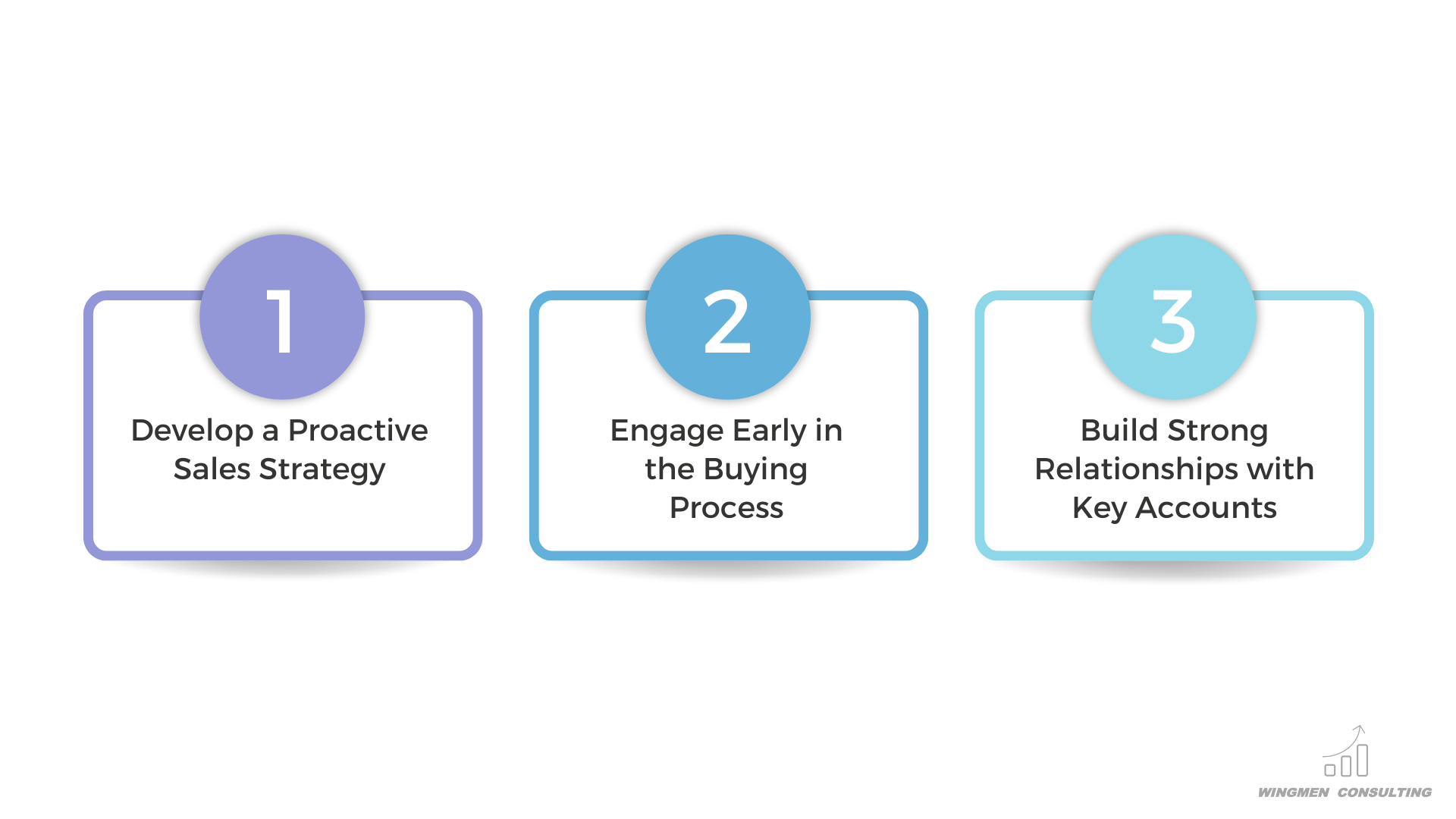
The Problem: Some sales teams react to opportunities instead of proactively seeking them out, often entering the sales process late and relying heavily on formal RFPs.
A Real-World Example: It’s like waiting for people to come to your lemonade stand instead of promoting it at the local park.
Possible solutions:
- Develop a Proactive Sales Strategy: Implement a proactive sales strategy with regular prospecting and outreach. Use a CRM system to track and manage these activities effectively. Start with the book “Predictable Revenue”.
- Engage Early in the Buying Process: Reach out to prospects early by providing valuable content and insights. Use marketing automation tools to identify and nurture leads from the start.
- Build Relationships with Key Accounts: Develop strong relationships with key accounts to gain early visibility into upcoming opportunities. Regular communication is key.
5. Inconsistent Sales Performance: Wide Variation in Quota Attainment
The Problem: Significant differences in sales performance among team members can point to issues with motivation, skills, or resource allocation.
A Real-World Example: Imagine some kids selling five glasses of lemonade while others barely sell one—such disparities can undermine the success of your stand.
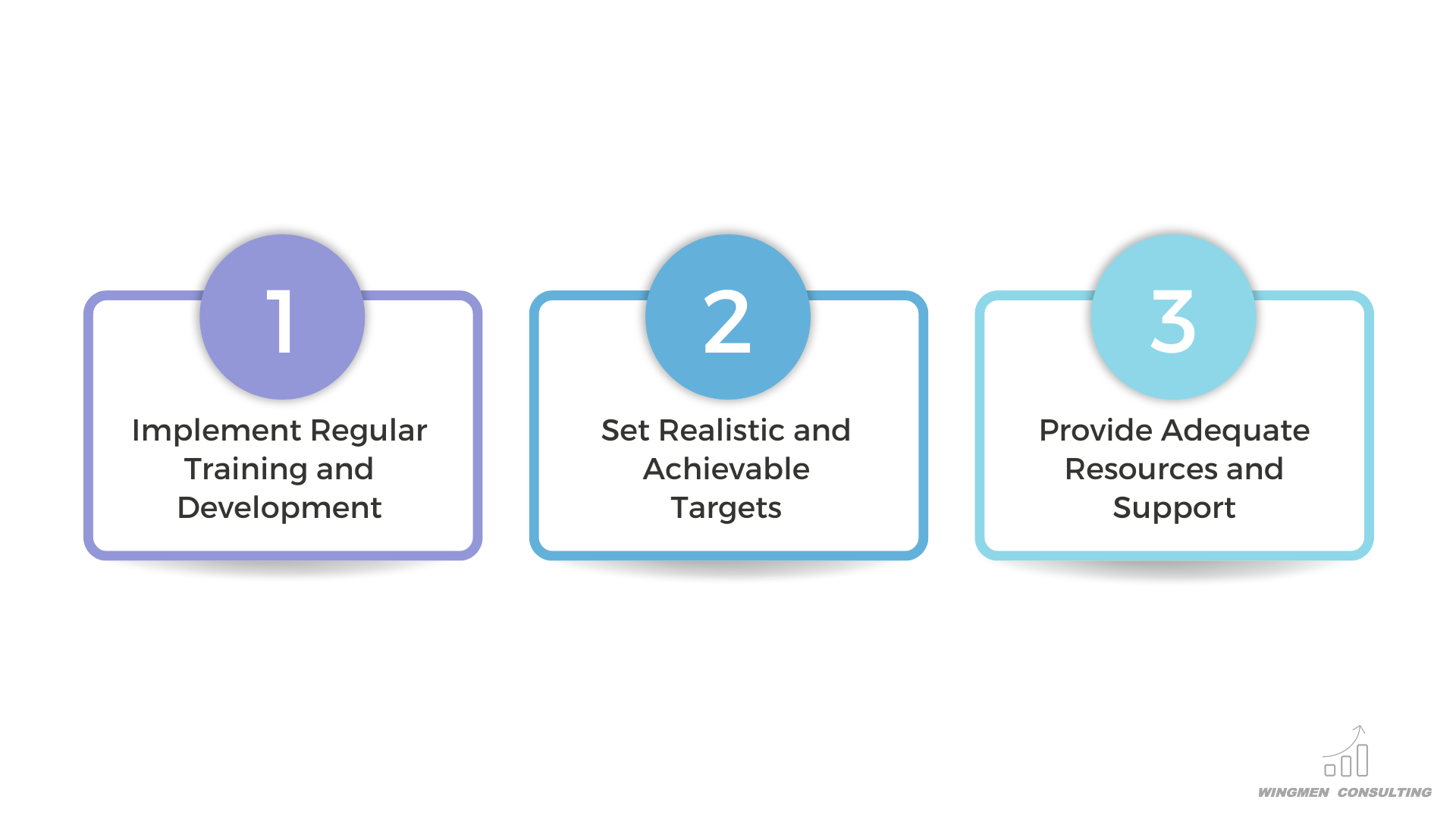
Possible solutions:
- Regular Training and Development: Provide ongoing training to ensure all team members have the skills to succeed, focusing on product knowledge, sales techniques, and industry trends.
- Set Realistic Targets: Ensure sales targets are realistic and aligned with market conditions and individual capabilities. Use historical data to set achievable goals.
- Provide Resources and Support: Make sure all team members have access to necessary resources, including marketing materials and sales enablement programs.
6. Lengthy Sales Cycles: Indecision Hurts Revenue
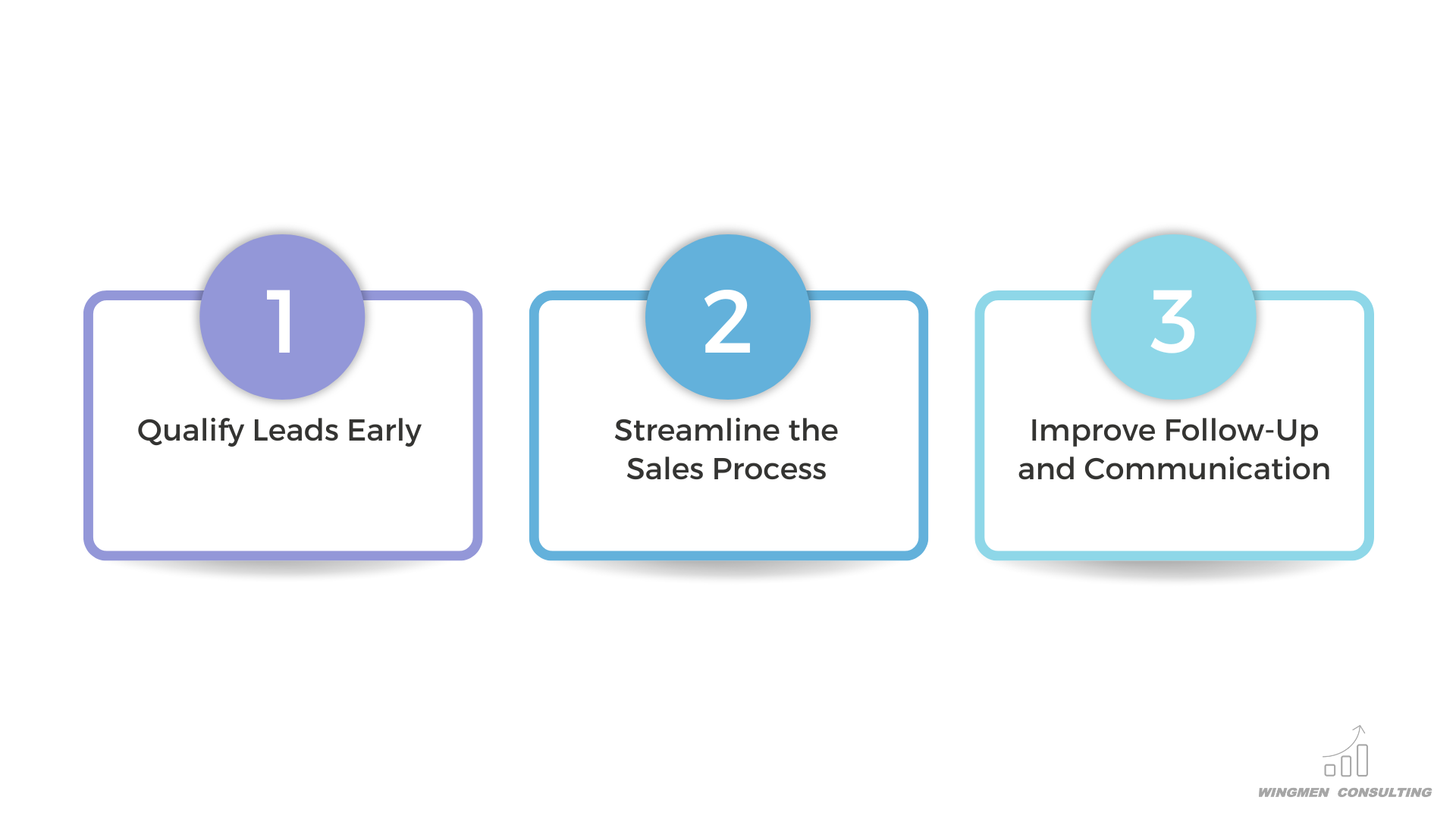
The Problem: Long sales cycles and indecision from prospects can stall revenue growth and waste valuable resources.
A Real-World Example: It’s like waiting weeks for a customer to decide on your lemonade while your lemons start to spoil.
Possible solutions:
- Qualify Leads Early: Implement a robust lead qualification process to ensure only high-potential prospects enter the pipeline. Consider using the BANT or MEDDIC frameworks for complex sales.
- Streamline the Sales Process: Identify bottlenecks and use automation tools to handle repetitive tasks, keeping the process moving smoothly.
- Improve Follow-Up and Communication: Stay in regular contact with prospects throughout the sales cycle. Use follow-up emails, calls, and meetings to address concerns and expedite decision-making.
7. Chasing Unqualified Leads: A Waste of Time and Resources
The Problem: Pursuing unqualified leads diverts time and resources away from more promising opportunities, reducing overall sales effectiveness.
A Real-World Example: It’s like trying to sell lemonade to someone who dislikes lemons – a waste of effort.
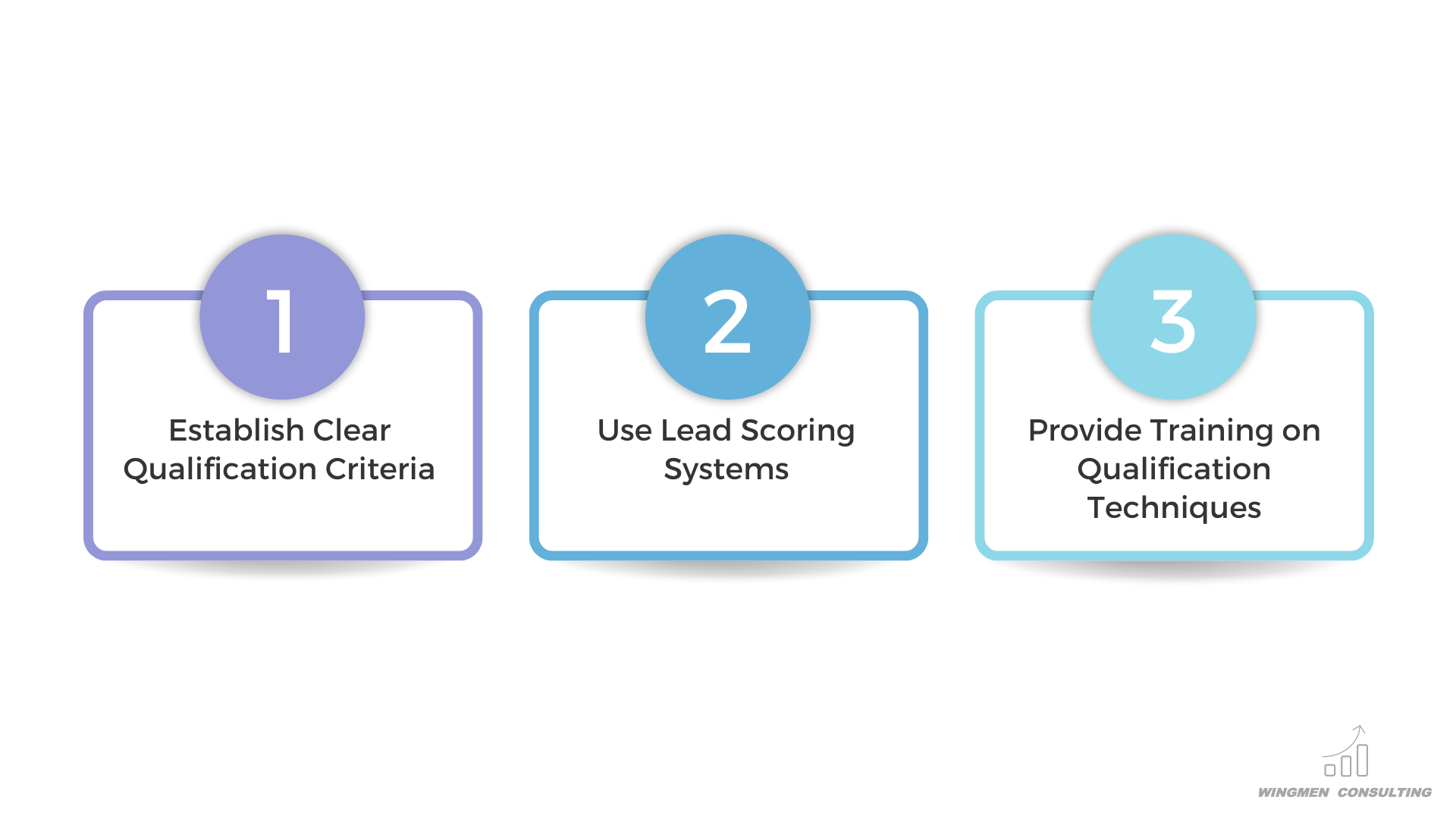
Possible solutions:
- Establish Clear Qualification Criteria: Define and enforce clear qualification criteria. Evaluate leads carefully before committing time and resources.
- Use Lead Scoring: Implement lead scoring to prioritize leads based on their fit and engagement. Focus on high-scoring leads for the best results.
- Train on Qualification Techniques: Equip your sales team with effective qualification techniques using frameworks like BANT, CHAMP, and MEDDIC.
8. Selling Complex Products: The Challenge of High-Stakes Opportunities
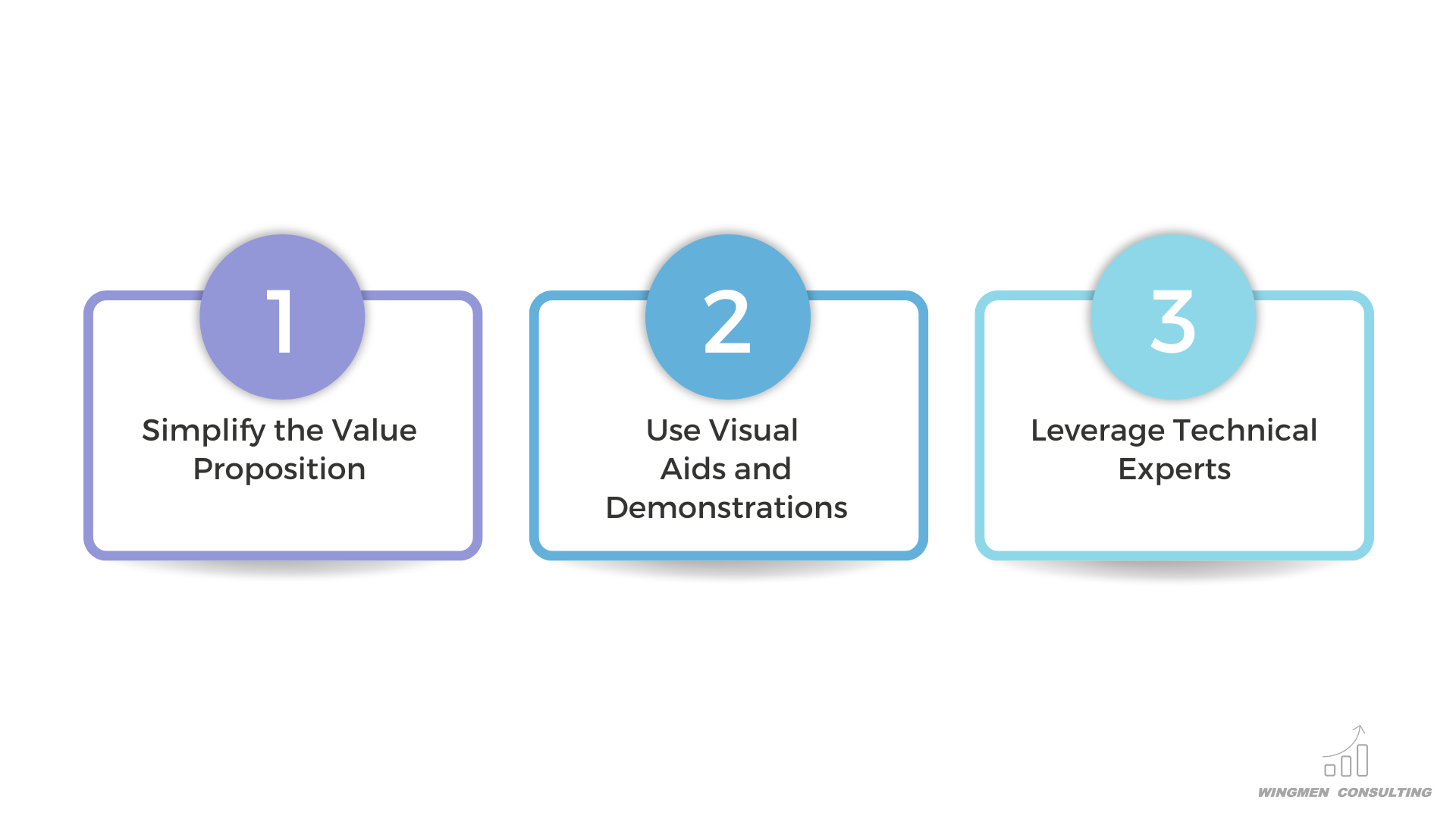
The Problem: Selling complex products or services can be daunting, especially when dealing with extensive, high-stakes opportunities.
A Real-World Example: It’s like trying to explain the secret ingredient in your lemonade when customers just want to know how it tastes.
Possible solutions:
- Simplify the Value Proposition: Break down complex offerings into clear, easy-to-understand benefits that resonate with customers.
- Use Visual Demonstrations: Employ visual aids, product demos, and real-life examples to help prospects grasp the value of complex offerings.
- Involve Technical Experts: Bring in technical or subject matter experts to address specific questions and provide detailed explanations when needed.
Ready to Master These Sales Challenges?
Stay ahead of the competition by subscribing to our free newsletter. Access exclusive sales content and protocols from our playbook.
